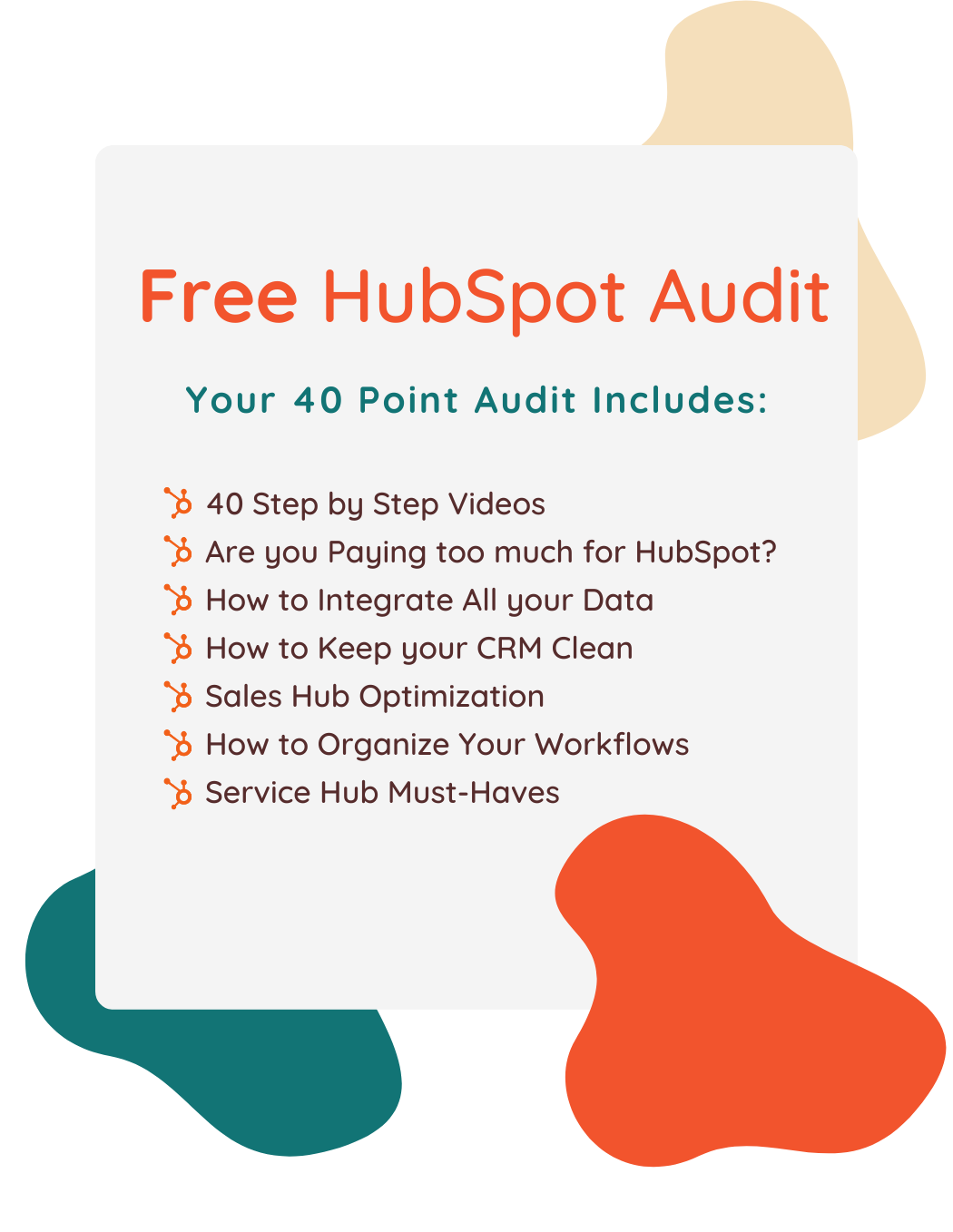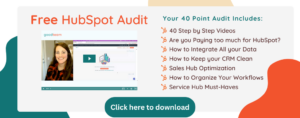When To Use A Re-Engagement Email Campaign

Written by
Good Team
Created on
April 11, 2022
Re Engagement Email Campaign
Is your email database dead? Research shows that the average email contacts list will lose 25% of their active subscribers every single year. With so many emails flooding their inboxes, your contacts will inevitably lose interest and move on. This is why the majority of company email lists are inactive. Obviously, this is the last thing any marketer wants to happen to their email marketing campaign. So, where does a re engagement email campaign come in?
In addition to the costs of sending content to people who are never going to see it, repeatedly sending out emails to inactive subscribers could hurt your domain reputation. Your domain reputation is what internet service providers and email providers use to decide whether or not the emails you’re sending are valuable or just spam. If you do not keep your email campaign list updated, you may end up having your domain reputation damaged and your future emails sent straight to trash folders instead of inboxes.
As marketers, we want to save money and focus only on active contacts. It may be time to employ a re engagement email campaign to awaken inactive but still-interested subscribers and ensure that your email database stays up to date.
What’s A Re-Engagement Email Campaign?
If you’ve ever had a garden that needs livening up, you know that there are a couple of actions you can take to bring droopy plants back to life. With a re engagement email marketing campaign, your goal is to put effort solely into your inactive subscribers. You want to develop a systematic method to bring your dead contacts back to life, or at least as many of them as will be possible. The reality is, you’re probably not going to be able to get all of them back, which is where the other benefit of this kind of campaign comes in; you can use it as a guide to purge your database and make it more accurate.
Next, let’s go over creating an email campaign to re engage your contacts. This process will look slightly different from your traditional email marketing campaigns, but it’s not that complicated. Once you’ve got the right groups segmented and targeted, all you’ve got to do is create great email content and see the results!
Divide and Conquer the List
So, the first step to building an effective strategy like this is to take a close look at your contacts and see how long it has been since they signed up and were actively reading your emails. Depending on your objectives, you can segment your audience by creating a filter for the people who haven’t opened your emails in 3, 6, or 9 months. You could also pick different timeframes — it’s entirely up to you.
Segmentation and targeting are two ways to make your emails more impactful. Further segmentation can make this campaign even more effective. With HubSpot’s new Email tool, you can accomplish this easier than ever before. Regardless of age and other demographics you use to segment your database, the purpose of this campaign is to focus only on those contacts which have gone stale.
Send the Right Message
Once you’ve got your segments, you need to decide what content you will send them. We recommend creating at least one separate email for each segment. These emails all must share these vital characteristics:
- Strong CTAs
- Engaging Subject Lines
- Personal Messages
- Valuable Offers
Having a strong call-to-action is a big deal for emails like these because the goal of this campaign, even more than traditional marketing campaigns, is to drive interest and response. That’s why we need an engaging subject line and a message that is personal to that segment. Finally, to get your readers to get up and take notice, you’ve got to offer them something that they will find valuable. That could be a special deal on your products or services or anything else you can think of.
Many stock varieties of re engagement email campaigns exist, from birthday emails to special promotions. Here, you’ll find a great list of examples for these kinds of re engagement email campaigns.
Check the Score and Start Deadheading
The final thing that you must remember with these campaigns is that you should be checking your success metrics. You should keep tabs on your email bounce rate, complaint rate, and click/open rates. That way, you can see if your campaign is having any effect. This is the time to differentiate between subscribers who may come back and those who are gone for good.
To continue the gardening metaphor, this is the time to start cutting back the dead flowers that can divert needed energy from the plant’s growth, a process known as deadheading. Many marketers will hesitate to do this because bigger numbers always look better. However, remember: quality is very different from quantity. You can ensure that your database is kept fully active by deadheading inactive subscribers.
Hopefully, you’ve learned more about when and how to go about using re engagement email campaigns. If you’re looking for some help building your marketing strategy with HubSpot, Good Team is here to help.

Get Your Free DIY 40-Point HubSpot Audit with Videos!


